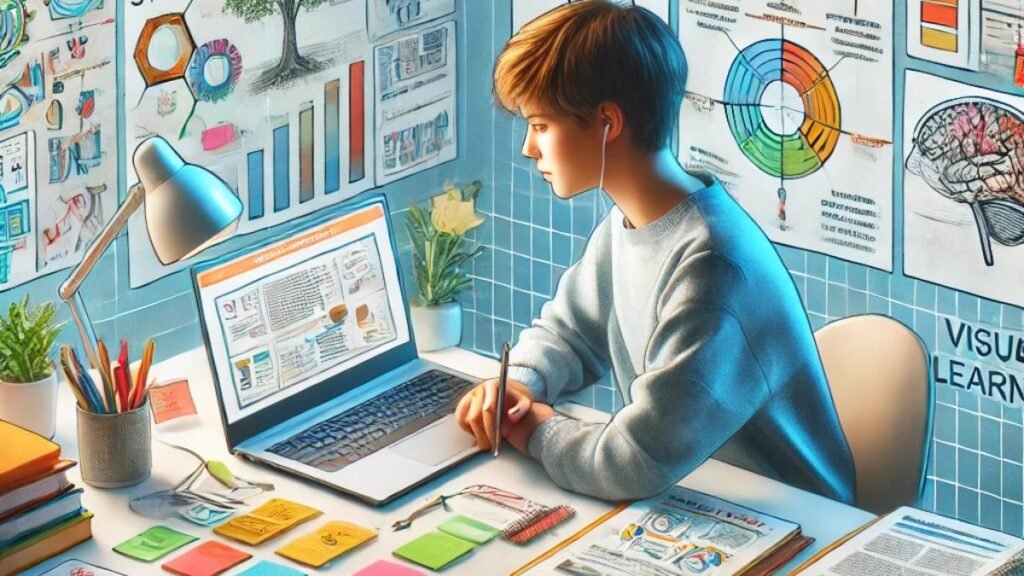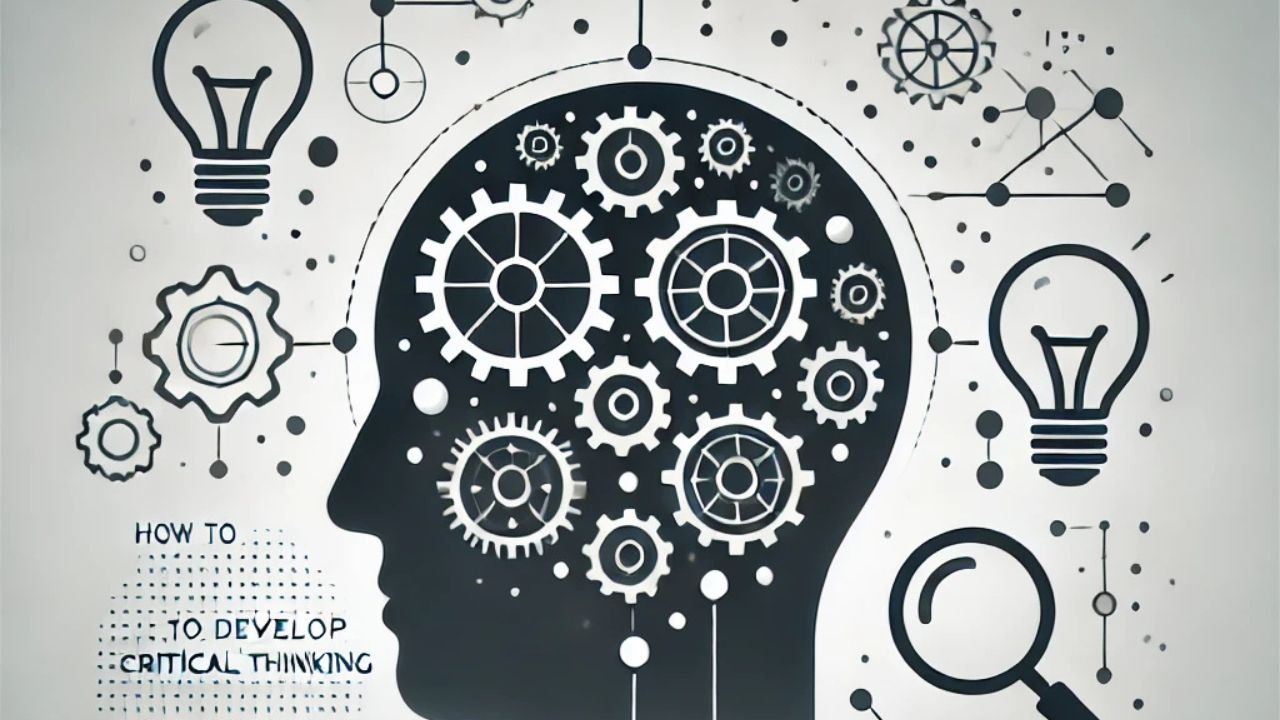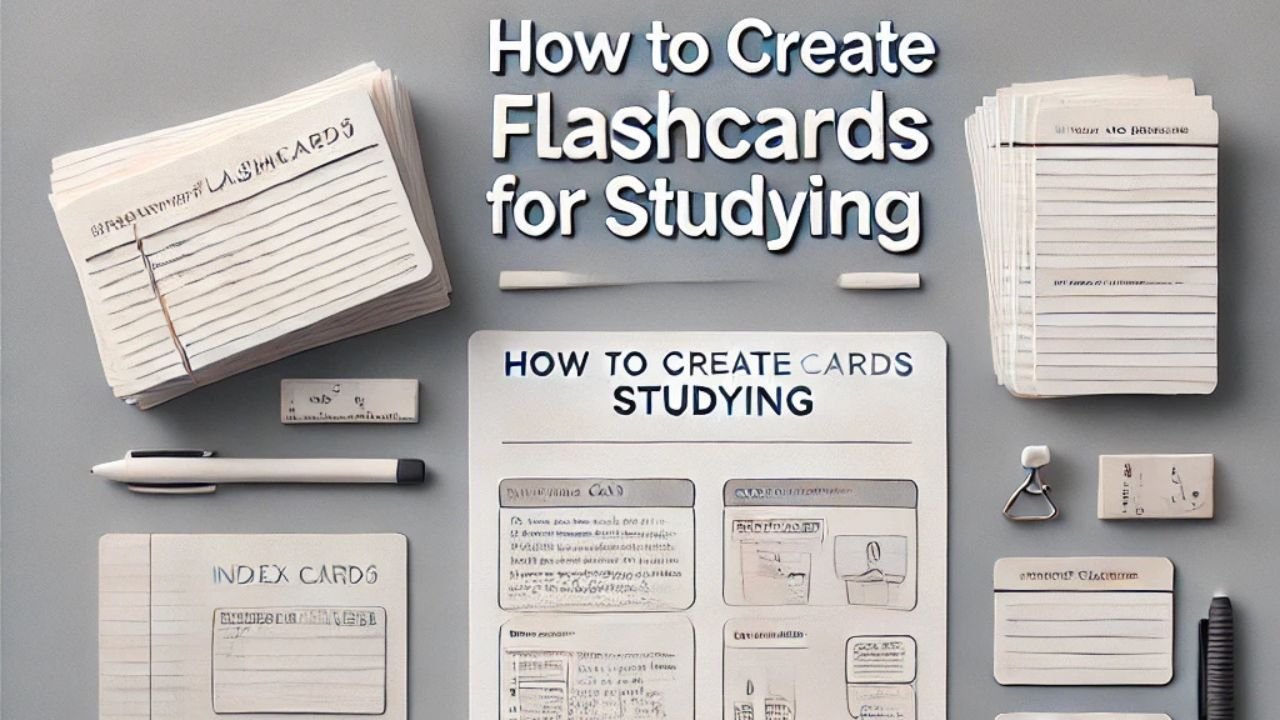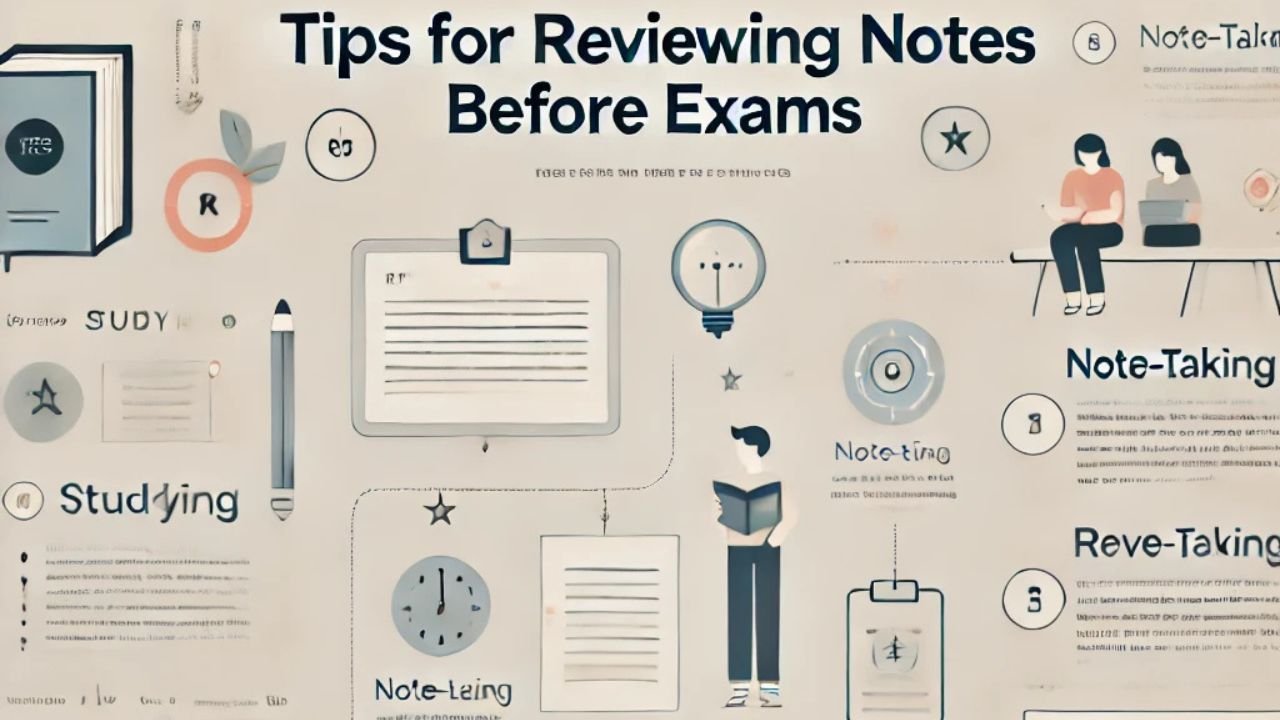Learning styles vary from person to person, and visual learners often face unique challenges and opportunities when it comes to studying. Understanding study skills for visual learners can help you unlock your potential and boost your academic performance. This guide will explore what visual learning is, why visual learners need specific study skills, and how to develop effective study strategies tailored to your learning style.
What Are Study Skills for Visual Learners?
Study skills for visual learners refer to techniques and methods that leverage visual stimuli to help students retain and understand information. Visual learners tend to absorb information better through images, diagrams, charts, and videos rather than through verbal instructions alone. The key to success for visual learners is the ability to incorporate visual tools into their study routine effectively.
Why Are Study Skills Important for Visual Learners?
Visual learners often struggle with traditional study methods like reading long texts or listening to lectures without visual aids. Here’s why study skills for visual learners are essential:
- Enhancing Memory Retention: Visual stimuli such as diagrams, mind maps, and infographics help visual learners remember information more easily.
- Making Complex Ideas Easier to Grasp: Abstract concepts are often easier to understand when they are represented visually.
- Improved Focus: Visual learners tend to stay more engaged when there are visual cues to keep their attention focused on the material.
How to Develop Effective Study Skills for Visual Learners
- Use Diagrams and Visual Aids
- Draw diagrams and charts to represent complex information. For example, when studying biology, draw cell structures or metabolic pathways to help solidify your understanding.
- Use color coding to organize information—this can help differentiate topics and concepts quickly.
- Create Mind Maps
- Mind maps are an excellent way for visual learners to organize thoughts and ideas. Start with a central theme and branch out into key concepts.
- Tools like XMind or MindMeister can help you create digital mind maps for a more interactive experience.
- Leverage Flashcards with Images
- Flashcards can be especially helpful for memorizing terms, definitions, and concepts. Add images to your flashcards to trigger visual recall.
- Use apps like Quizlet to create digital flashcards that include images, making them more engaging.
- Watch Educational Videos
- Visual learners often retain information better by watching videos. Platforms like YouTube, Khan Academy, or Coursera offer a variety of educational videos that explain complex topics through visual aids.
- Look for animations or demonstrations related to your subject—these videos can make abstract concepts more relatable.
- Use Color Coding
- Highlight your notes using different colors for key concepts, formulas, or definitions. Color coding helps organize information visually, making it easier to locate important points during review sessions.
- Take Notes in a Visual Format
- Instead of writing long paragraphs of notes, try using bullet points, diagrams, or charts to summarize information. This will enhance the visual appeal of your notes and make them easier to review.
- Experiment with Cornell Note-taking Method but add your visual elements to improve engagement.
- Use Apps and Tools for Visual Learning
- Apps like Canva can help you design infographics to summarize topics.
- Google Slides is another tool where you can create presentations or flashcards, using visuals to reinforce your understanding.
- Draw or Sketch to Understand
- If you’re studying a topic with many processes or steps (e.g., biological processes like photosynthesis or the human digestive system), draw each step or phase to better understand the flow of information.
- Sketching helps reinforce the connection between theory and visualization.
Overcoming Common Challenges for Visual Learners
- Difficulty with Abstract Concepts
- Solution: Break down abstract topics into smaller visual components. For example, if studying physics, visualize the concepts through diagrams and videos that illustrate the scientific principles.
- Overloading on Visuals
- Solution: While visuals are essential, avoid overwhelming yourself with too many images or charts. Focus on quality over quantity—only use visuals that directly contribute to understanding the material.
- Limited Access to Visual Resources
- Solution: If you don’t have access to a wide variety of visual resources, use free platforms like Khan Academy or YouTube to find videos that explain the material you’re studying.
Key Takeaways
- Visual learners thrive by using visuals like diagrams, mind maps, and videos.
- Adopting the right study techniques, such as color coding, flashcards, and visual aids, can significantly improve learning and retention.
- Practice regularly using visual learning tools to reinforce concepts and engage with your study material in a more meaningful way.
FAQs
Q1: What are the best study techniques for visual learners? A: Visual learners benefit from using diagrams, color-coded notes, mind maps, and watching educational videos that break down concepts visually.
Q2: How can I improve my focus while studying? A: Visual learners can improve focus by incorporating visuals into their study routine. Use visual reminders, charts, and infographics to keep your attention on key points.
Q3: Are there apps for visual learners? A: Yes, apps like Canva, MindMeister, and Quizlet help visual learners create visual summaries and study aids to boost retention.
Q4: How can I study for exams as a visual learner? A: Create visual aids, use flashcards with images, and engage with video tutorials to reinforce key concepts before exams. Practice solving problems while visualizing the process.
Q5: Can visual learning help in subjects like mathematics? A: Absolutely! Visual learners can use graphs, charts, and step-by-step illustrations to understand mathematical concepts, making abstract ideas more tangible.
Conclusion
Mastering study skills for visual learners can revolutionize the way you approach studying. By utilizing visual tools, techniques, and strategies, you can enhance your comprehension, memory, and academic performance. Remember, everyone learns differently—embrace your visual learning style and make studying a more engaging and effective process!
If you’re looking to refine your study skills further, don’t miss our guide on Study Skills for Biology to explore subject-specific tips. Start implementing these strategies today to transform your learning journey into a more productive and enjoyable experience!





